Description
The Hidden Bonding System in Every Ticket and Court Case: How Courts Monetize Cases Through Bonds and Securities and Steal from the People is an in-depth exposé that reveals how every court proceeding in the United States is secretly treated as a financial transaction. Backed by statutes such as 28 U.S.C. §§ 2041–2042, 31 U.S.C. § 3123, 18 U.S.C. § 8, 12 U.S.C. §§ 411–412, and the Miller Act, this document demonstrates how cases are bonded with bid, performance, and payment bonds, converted into securities, deposited into the Court Registry Investment System (CRIS), and monetized under CUSIP identifiers.
It explains how judges and clerks act as corporate sureties under 31 U.S.C. §§ 9301–9309, creating concealed financial conflicts that trigger disqualification under 28 U.S.C. § 455, while the State presumes itself trustee and beneficiary of the funds. With clear references to the Federal Reserve Act, the Trading with the Enemy Act, the Emergency Banking Relief Act, and HJR-192 / Public Law 73-10, the work traces the post-1933 shift to a credit-based system where all obligations are discharged in securities, not gold.
This document is a must-read for researchers, litigants, and truth-seekers who want to understand the hidden financial architecture of the courts — and how the real party in interest and secured party creditor may lawfully assert their right to claim the proceeds.
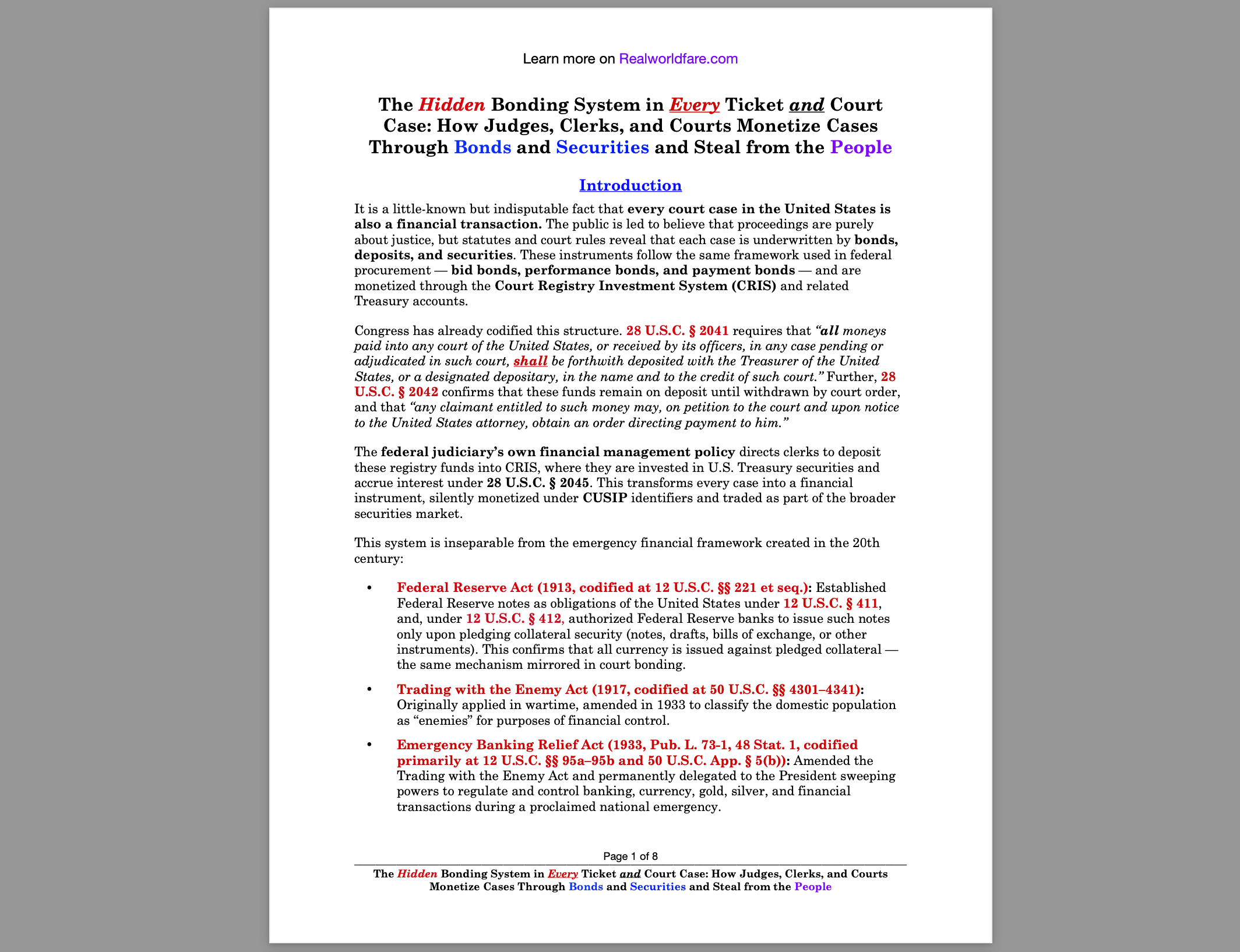
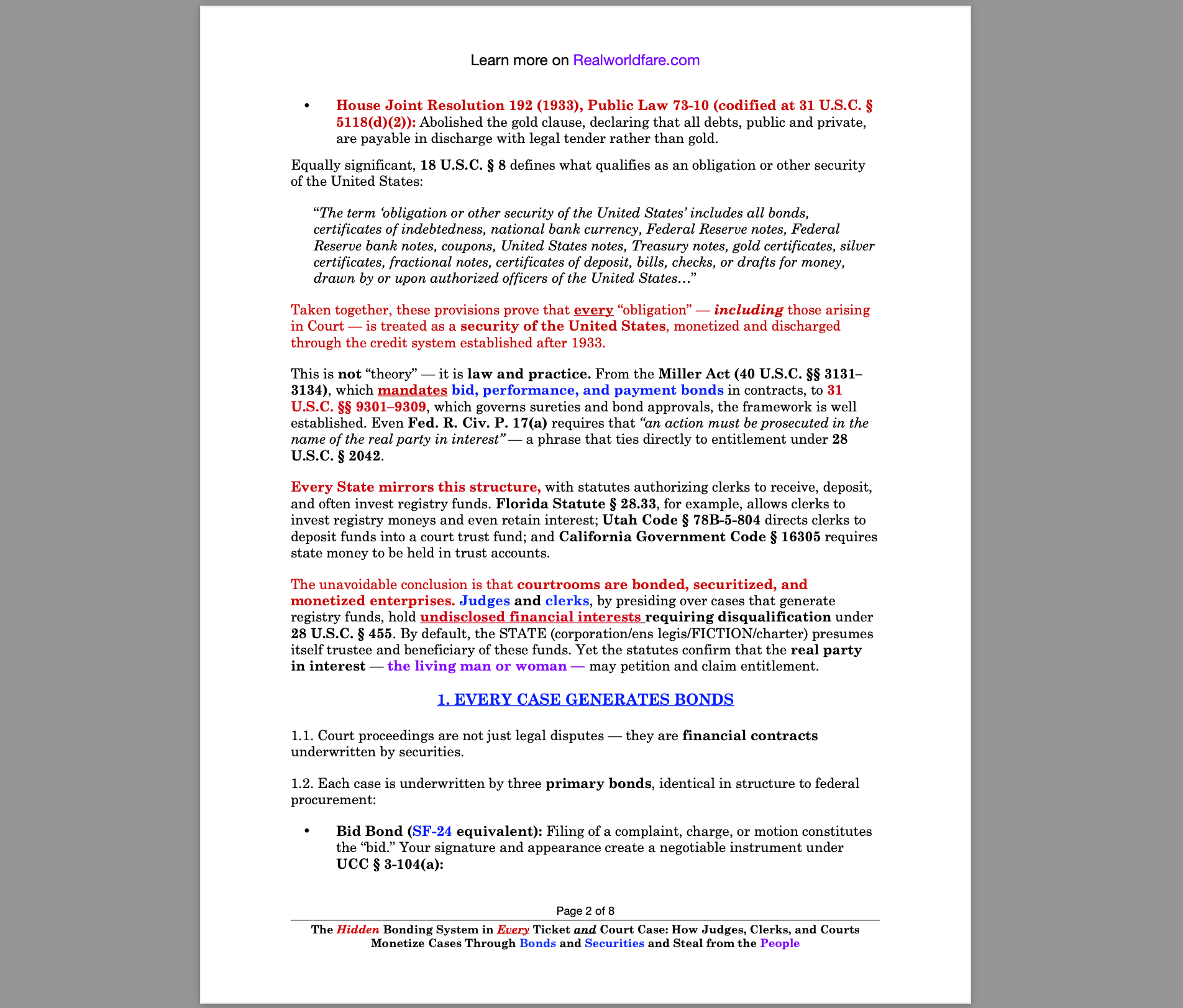

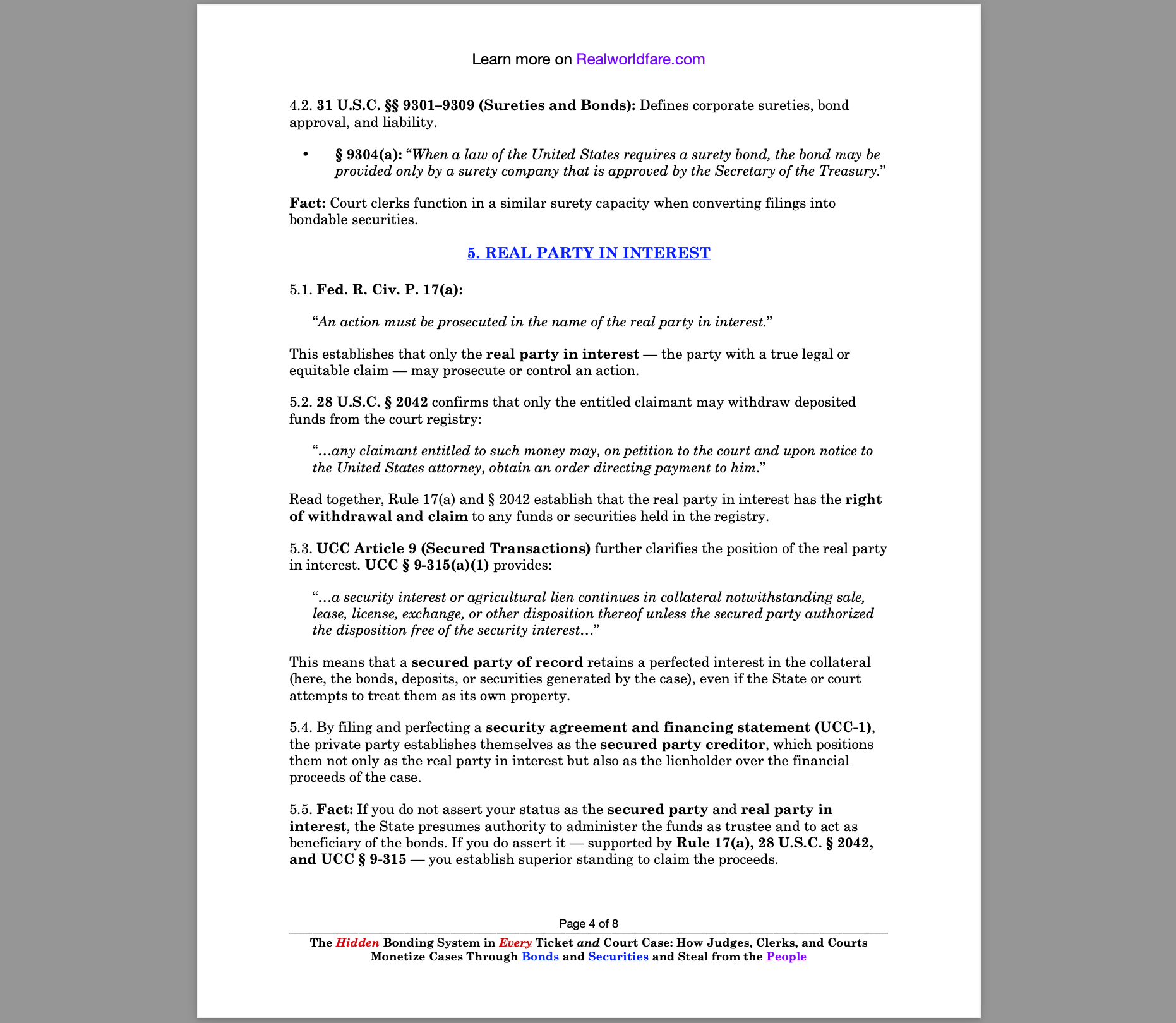
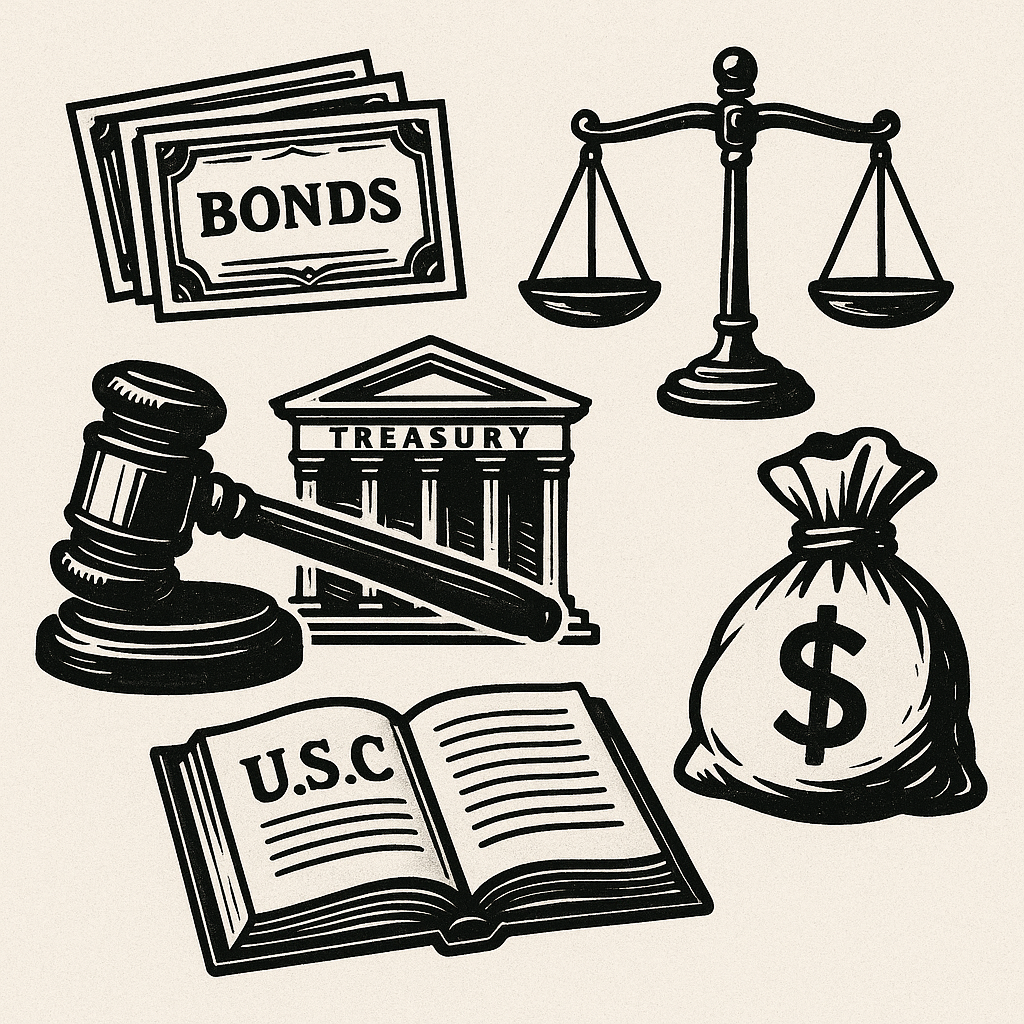
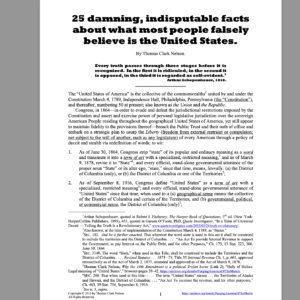

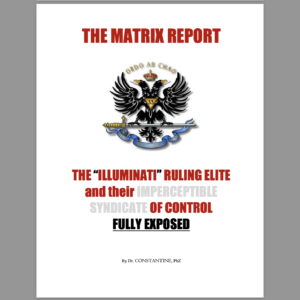
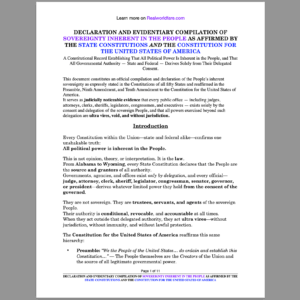
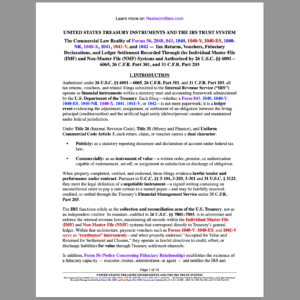
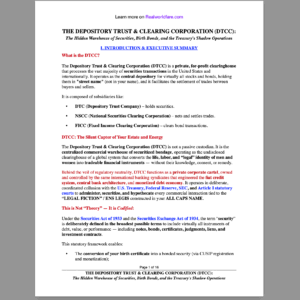
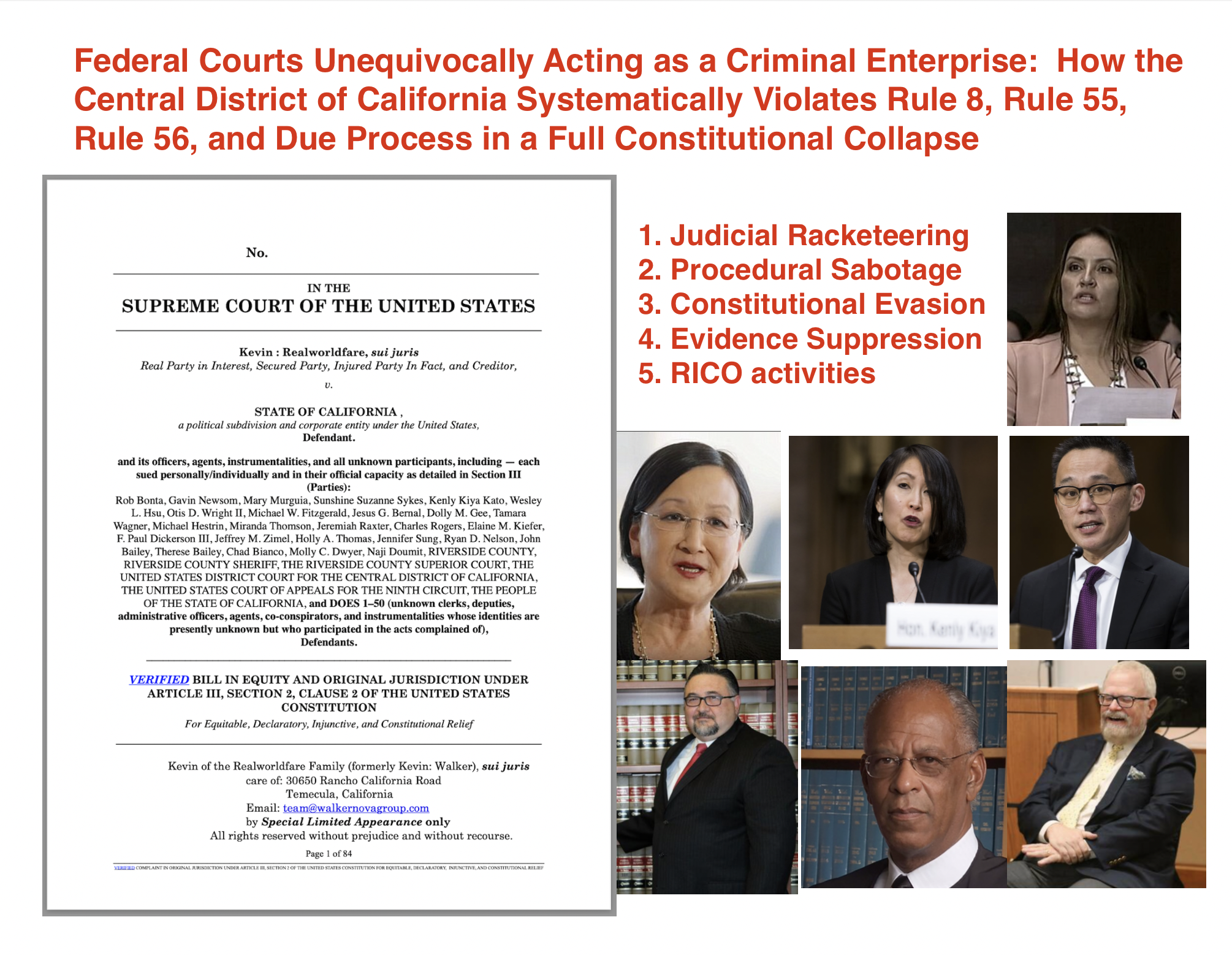
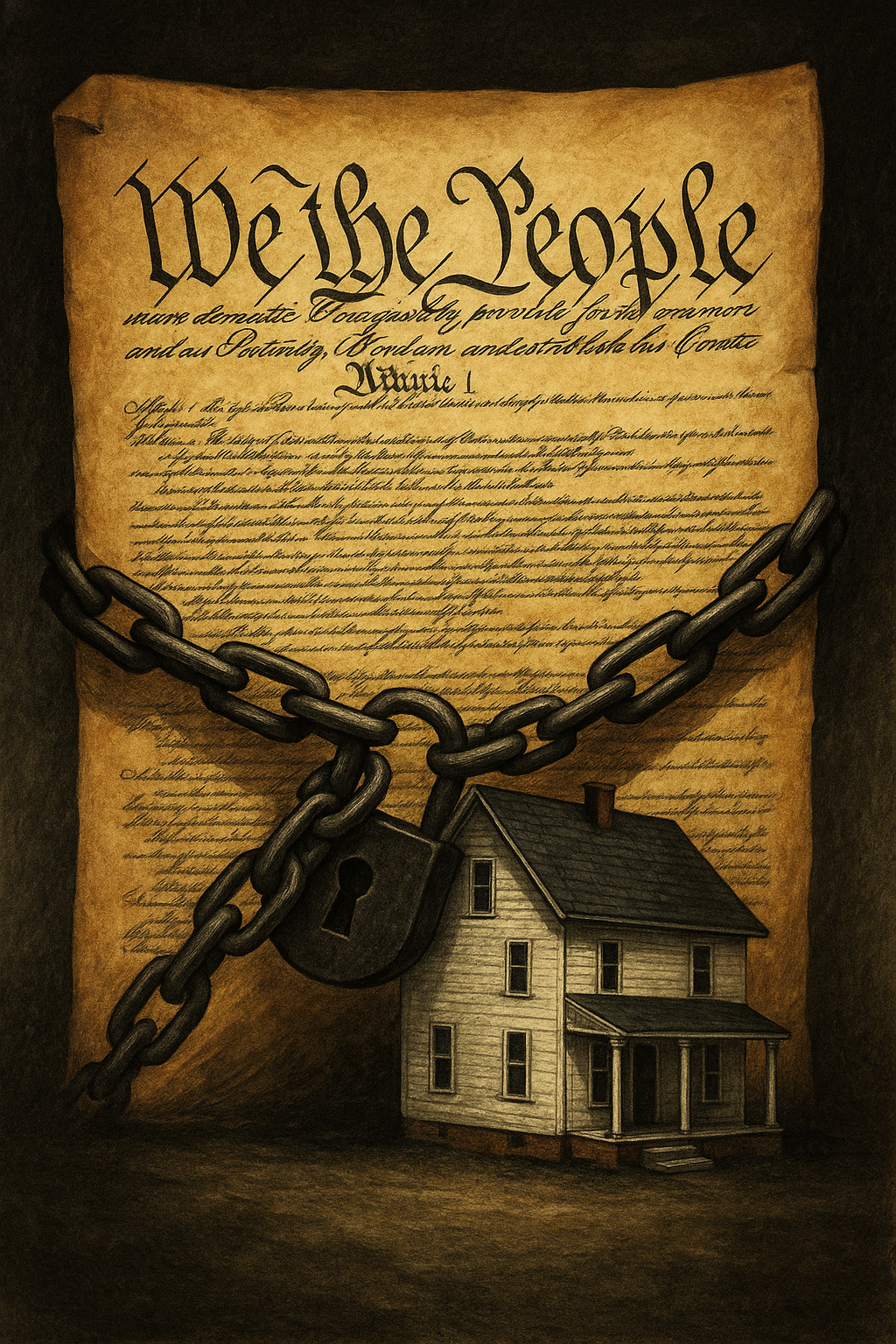
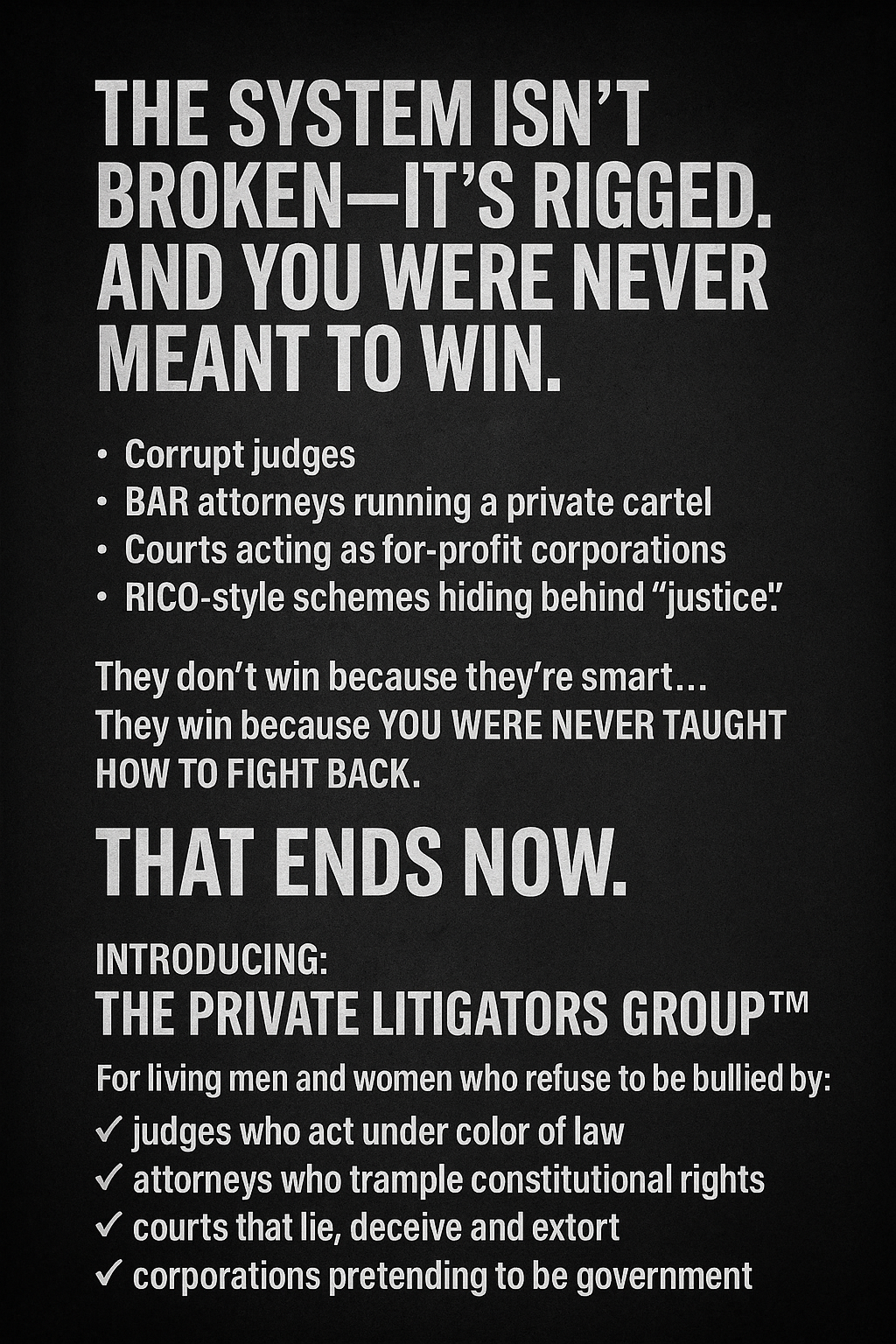
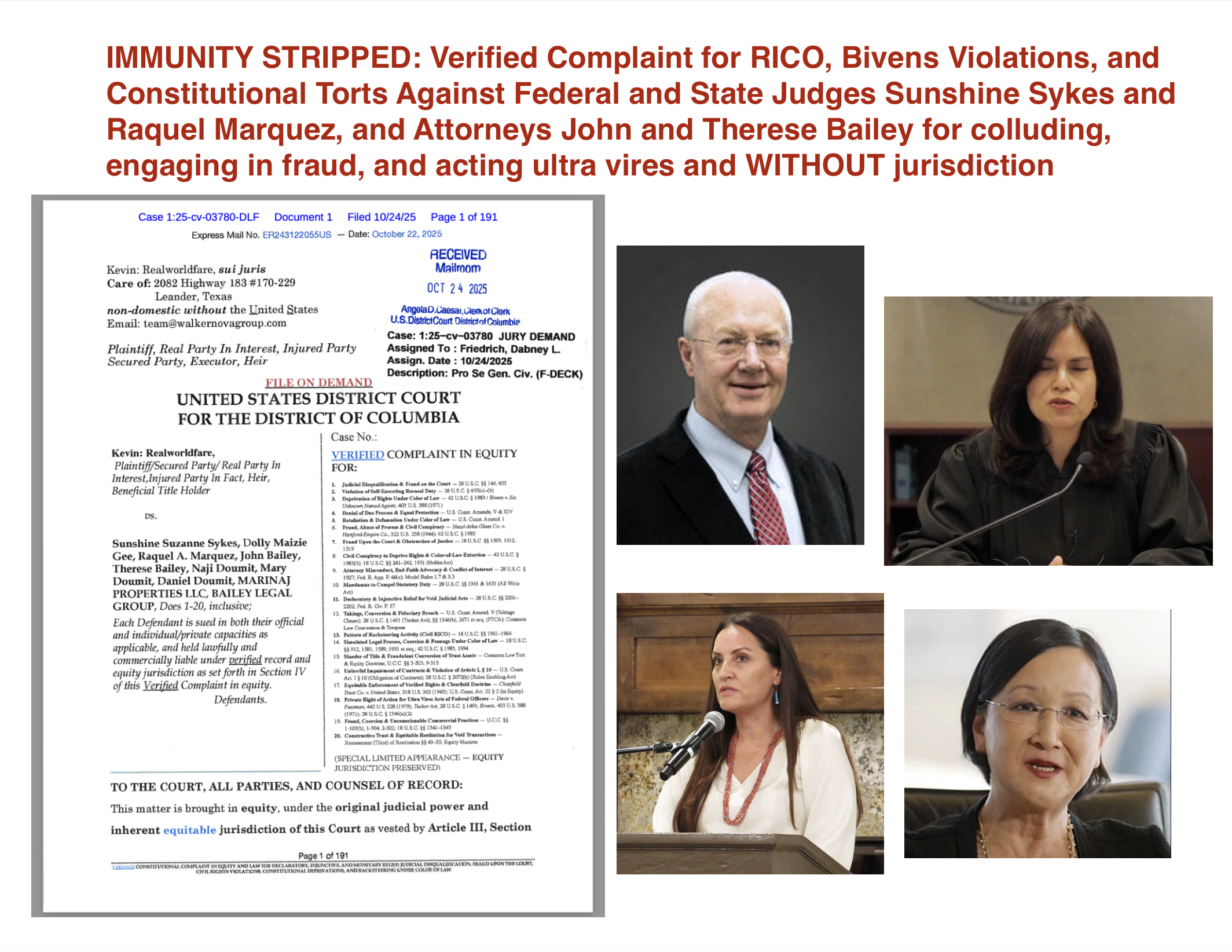
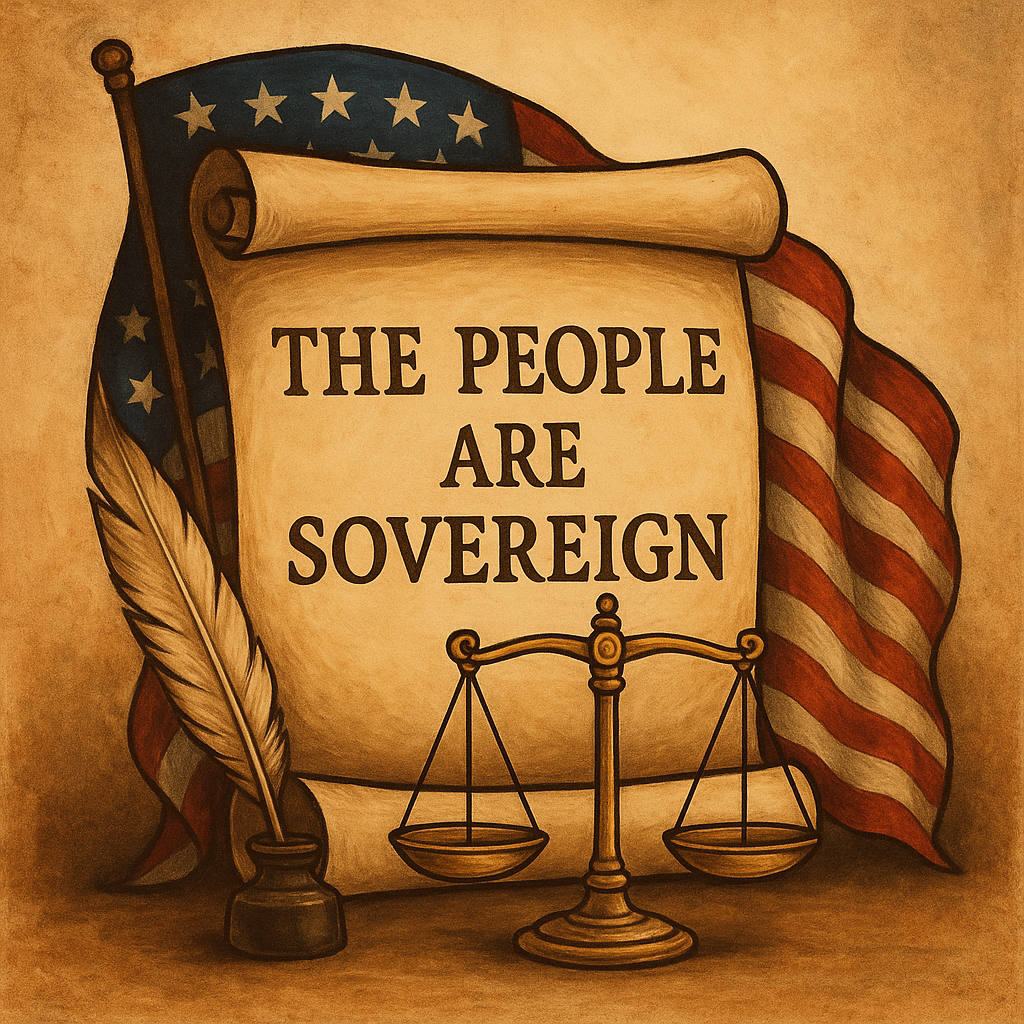
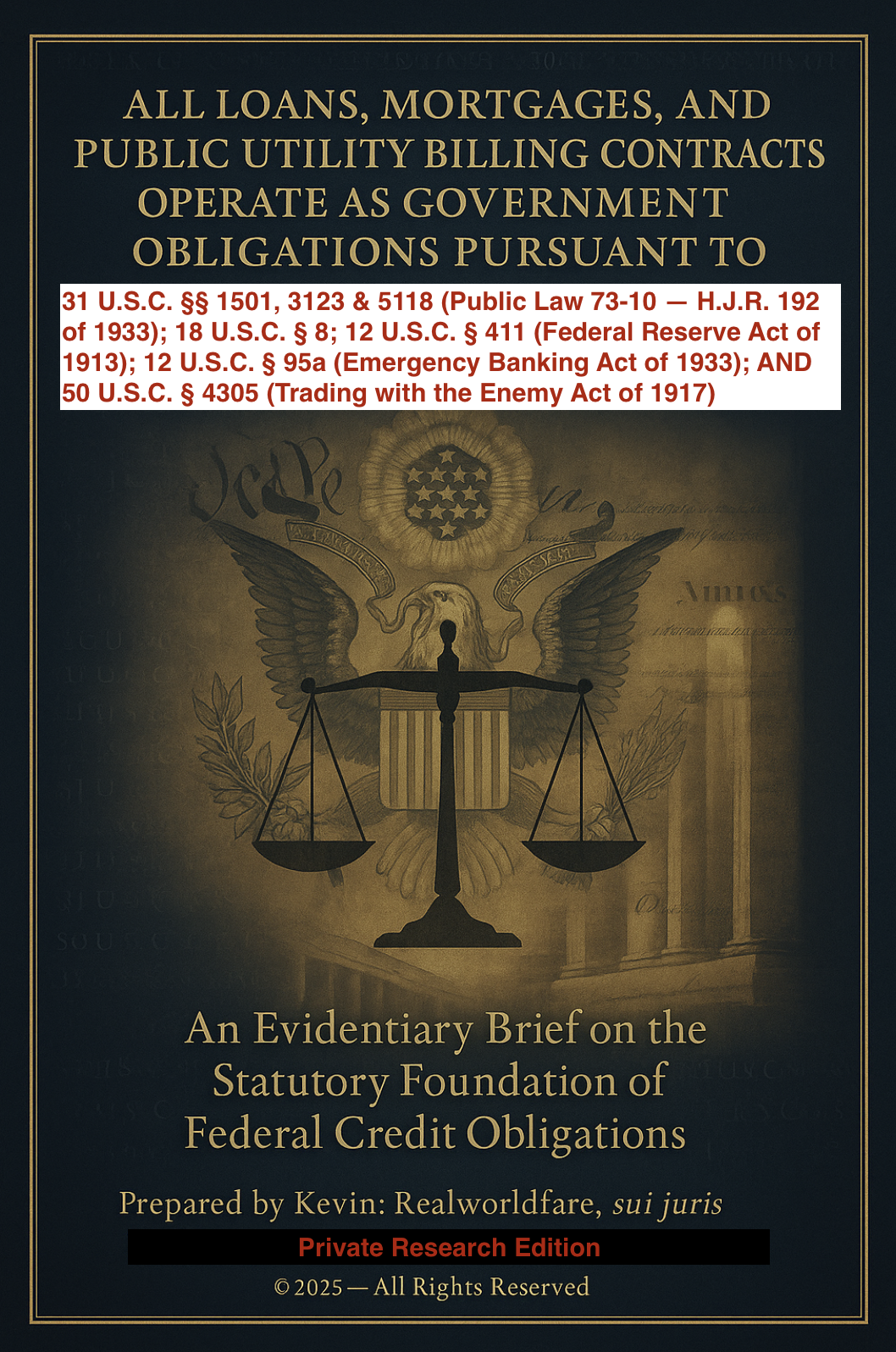
Reviews
There are no reviews yet.